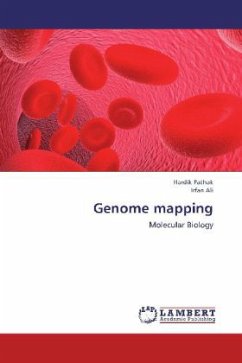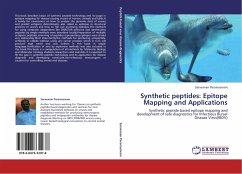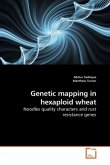Please note that the content of this book primarily consists of articles available from Wikipedia or other free sources online. Genome mapping is the creation of a genetic map assigning DNA fragments to chromosomes. When a genome is first investigated, this map is nonexistent. The map improves with the scientific progress and is perfect when the genomic DNA sequencing of the species has been completed. During this process, and for the investigation of differences in strain, the fragments are identified by small tags. These may be genetic markers (PCR products) or the unique sequence-dependent pattern of DNA-cutting enzymes. The ordering is derived from genetic observations (recombinant frequency) for these markers or in the second case from a computational integration of the fingerprinting data. The term "mapping" is used in two different but related contexts. Two different ways of mapping are distinguished. Genetic mapping uses classical genetic techniques (e.g. pedigree analysis or breeding experiments) to determine sequence features within a genome. Using modern molecular biology techniques for the same purpose is usually referred to as physical mapping.
Bitte wählen Sie Ihr Anliegen aus.
Rechnungen
Retourenschein anfordern
Bestellstatus
Storno








